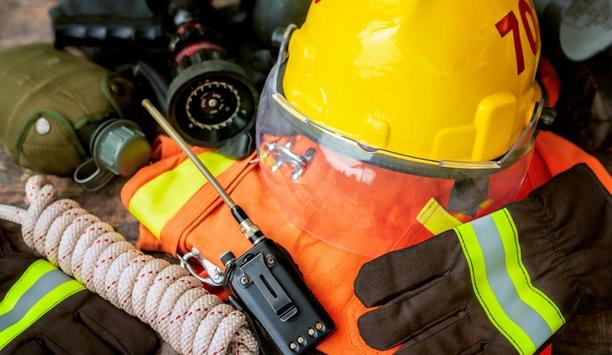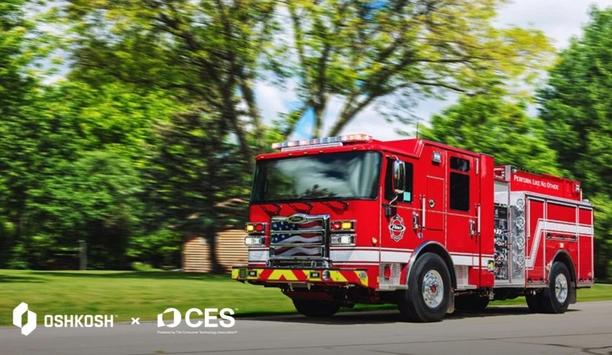 |
| Aico's alarm provides fire warnings both within a resident's own flat and communal areas of a block |
The Hyde Group is using Aico's RadioLINK Professional wire free smoke and heat alarm interconnection technology to not only to protect tenants within their flats but also to provide them with a safe escape route.
Alan Mortimer, Stock Investment Manager for Hyde South East, was directly involved in the specification of the Aico alarms. He cites the main benefits as being "quicker installation, less disruptive and less damage to internal decorations". But it was John Hasler of David Miles & Partners who made the recommendation in the first instance. John was one of the early adopters of Aico RadioLINK alarm interconnection technology: "I've been using RadioLINK for four or five years now. Residents don't like mini trunking and RF avoids this.
RF fills a very large niche."
The Hyde Group owns or manages 45,000 homes to over 120,000 customers across London, the South East and the East Midlands. As part of the Association's on going Fire Risk Assessments which have fed into a Fire Precautions Programme, the decision was made to install Aico 160RC Series mains powered smoke and heat alarms with RadioLINK Professional bases into the flats and common areas in approximately 100 blocks.
Working closely with experienced consultants David Miles & Partners Limited, The Hyde Group decided to go one step further with the fire safety precautions by connecting the Aico smoke alarms in the individual flats to those in the common areas, using Aico's RadioLINK technology.
RadioLINK works by allowing smoke and heat alarms to be wirelessly interconnected by means of Radio Frequency (RF) signals. If one alarm on the system is triggered, an RF signal will be sent out by the RadioLINK base underneath the alarm to cause every other alarm in the property to sound. In the case of Hyde Housing, the alarms within the properties have been set up to work with the alarms in the communal areas. This has been achieved simply through 'House Coding' the alarms in each flat separately and then 'House Coding' the alarms in the communal areas with a heat alarm in the individual dwellings. In this way, if a nuisance alarm should occur within one of the dwellings it will not affect the other residents. However, if a real fire has occurred, the heat alarm in the dwelling will trigger the communal system - and all other dwellings - when sufficient heat has been generated.
Such a design not only provides residents with advanced warning of a potential fire in their own flat, but also alerts them to a fire in the communal areas of the property.
Additional fire safety measures have also been added as a result of the Fire Risk Assessments, including fitting smoke seals on doors to common areas and intumescent strips on letterboxes.











